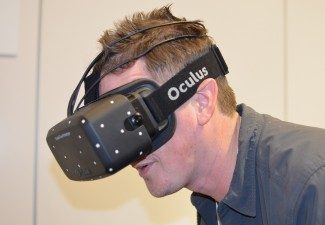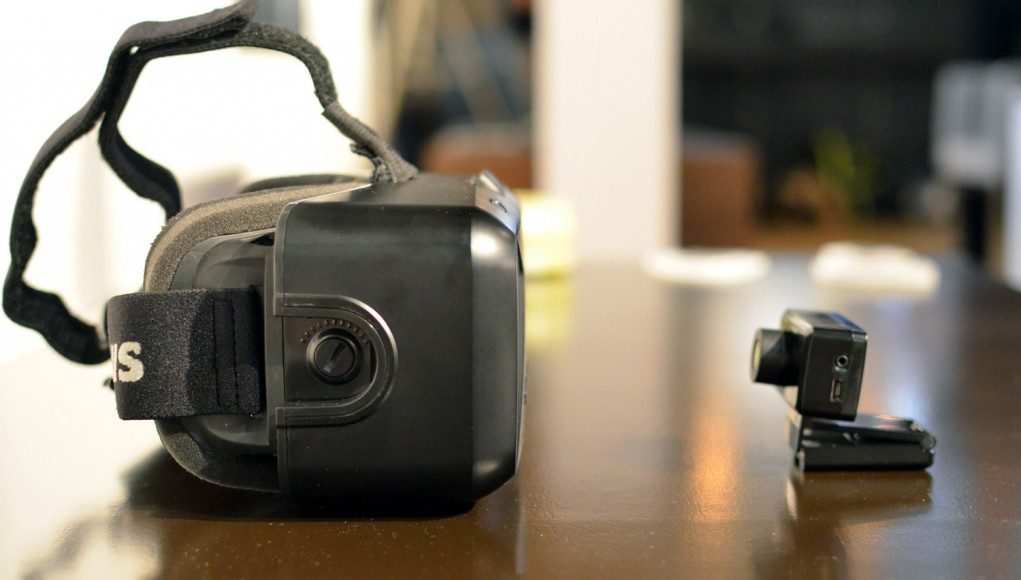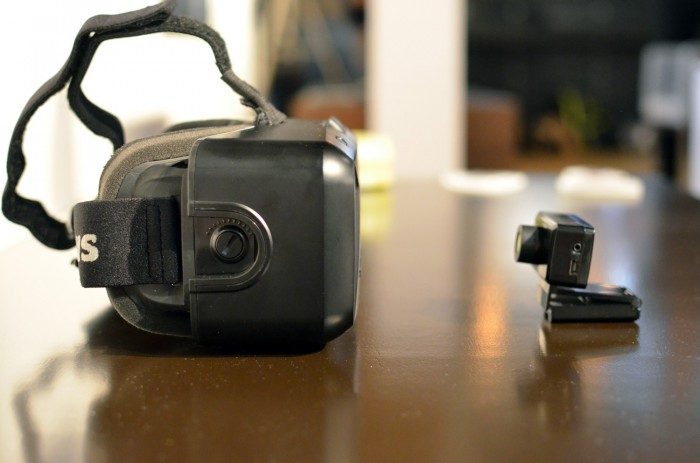I’ve been lucky enough to have tried the Oculus Rift DK2 on numerous occasions prior to its release this week, but never for a long enough that I felt like I really knew the device. After receiving the DK2 this week, and finally able to spend as much time as I want investigating its performance, I’ve come away beyond impressed with its capabilities, particularly its positional tracking prowess.
One of the Oculus Rift DK2’s biggest improvements over the DK1 is its ability to positionally track the headseat. The DK1 tracked rotation very well, but if you were to lean at all with your torso, your virtual head would not move accordingly. This disconnect was a big issue for the DK1 for both immersion and sim-sickness. Even without purposefully leaning in to try to inspect something in the virtual world, we make lots of subtle movements—like shifting in a chair—which can’t be captured with rotation alone.

To solve this, Oculus VR opted to build an IR-LED array into the DK2. The array is tracked by an included CMOS camera which captures frames 60 times per second. Oculus have done an outstanding job with their strategic placement of the array and with the computer vision work that allows the DK2 to handle occlusions with aplomb. For a single camera ‘outside-in’ setup, this is definitely the best tracking performance (in terms of capture size, quality, and ease of use) that I’ve ever seen at this price.
I wanted to see how well the DK2’s camera could handle distances and motions beyond what your typical seated scenario demands… turns out it can handle much, much more.








